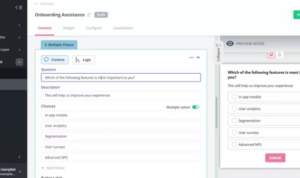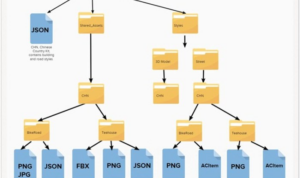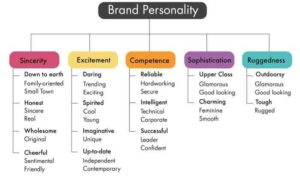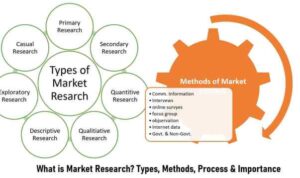Project Management Techniques are crucial for achieving project success in a fast-paced world where efficiency is key. From traditional methodologies to agile approaches, this comprehensive guide explores the strategies and tools needed to excel in project management.
Overview of Project Management Techniques
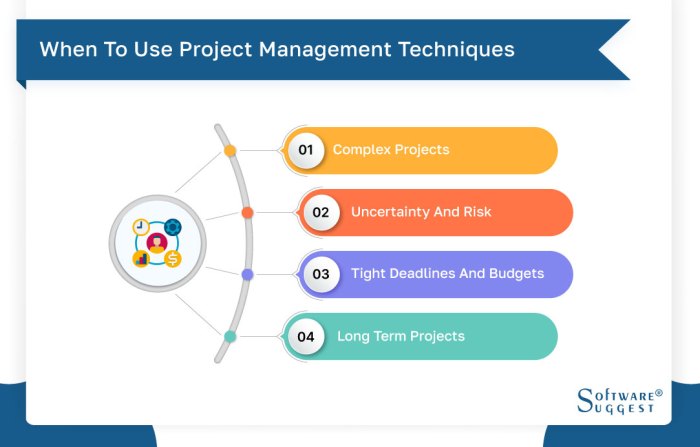
Project management techniques refer to specific methods and strategies used to plan, execute, and monitor projects effectively. These techniques help in ensuring that projects are completed on time, within budget, and meet the desired goals and objectives.
Importance of Utilizing Project Management Techniques
Project management techniques are essential for the successful completion of any project. By utilizing these techniques, project managers can effectively manage resources, allocate tasks efficiently, identify and mitigate risks, and ensure clear communication among team members. Without proper project management techniques, projects are more likely to face delays, cost overruns, and failure to meet objectives.
Examples of Commonly Used Project Management Techniques
- PERT (Program Evaluation and Review Technique): A method used for scheduling, coordinating, and controlling projects with interdependent activities.
- Gantt Charts: Visual tools that help in planning and tracking project progress by displaying tasks, timelines, and dependencies.
- SWOT Analysis: A technique used to identify project strengths, weaknesses, opportunities, and threats to make informed decisions.
- Risk Management: Involves identifying, assessing, and mitigating potential risks that could impact the project’s success.
- Agile Methodology: An iterative approach that focuses on flexibility, collaboration, and delivering incremental value throughout the project lifecycle.
Traditional Project Management Techniques
Traditional project management techniques have been widely used in various industries to ensure successful completion of projects within scope, budget, and time constraints. These techniques provide a structured approach to project planning, execution, and monitoring to achieve desired outcomes.
Waterfall Methodology
The Waterfall methodology is a linear project management approach where each phase of the project must be completed before moving on to the next phase. This sequential process includes distinct phases such as initiation, planning, execution, monitoring, and closure. It is essential for projects with well-defined requirements and little to no changes expected during the project lifecycle.
Critical Path Method (CPM)
The Critical Path Method (CPM) is a project management technique used to identify the longest sequence of dependent tasks that determine the overall duration of the project. By analyzing the critical path, project managers can prioritize tasks, allocate resources efficiently, and ensure timely project completion. CPM helps in identifying potential delays and managing project schedules effectively.
Scope Management Process
Scope management in traditional project management involves defining, controlling, and managing the project scope to ensure that all deliverables are completed within the defined parameters. This process includes scope planning, scope definition, creating a work breakdown structure (WBS), scope verification, and scope control. Effective scope management helps in preventing scope creep and ensuring project requirements are met as planned.
Agile Project Management Techniques
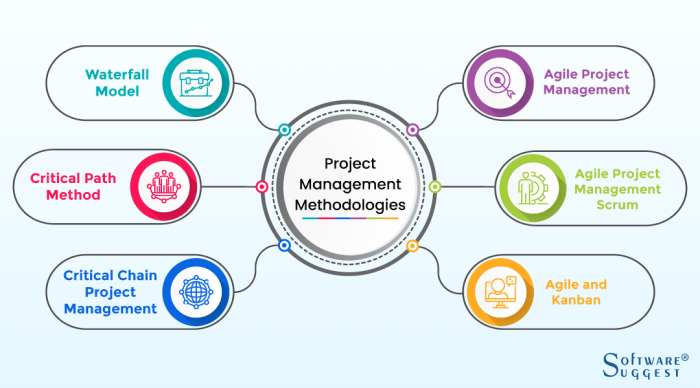
Agile project management techniques are a dynamic and flexible approach to managing projects, in contrast to the more rigid and structured traditional methodologies. Agile focuses on iterative development, collaboration, and continuous improvement throughout the project lifecycle.
Scrum Framework
The Scrum framework is a popular Agile methodology that breaks down the project into smaller, manageable tasks called sprints. These sprints typically last 2-4 weeks and involve planning, daily stand-up meetings, and a review at the end of each sprint to assess progress and make adjustments. The Scrum Master plays a crucial role in facilitating communication and removing any obstacles that may impede the team’s progress.
Kanban System
The Kanban system is another Agile technique that visualizes the project workflow through a Kanban board. This board consists of columns representing different stages of the project, with cards representing tasks moving from one column to the next as they progress. This visual representation helps teams better understand their work, identify bottlenecks, and prioritize tasks effectively. By limiting work in progress, the Kanban system ensures a smooth flow of tasks and improves overall project efficiency.
Risk Management in Project Management
Risk management is a crucial aspect of project planning as it involves identifying, assessing, and mitigating potential risks that could impact the successful completion of a project. By proactively addressing risks, project managers can minimize the negative impact on the project timeline, budget, and quality.
Common Project Risks and Mitigation Strategies
- Scope Creep: This occurs when the project scope expands beyond the initial requirements. To mitigate scope creep, project managers should clearly define project scope, set boundaries, and involve stakeholders in scope change discussions.
- Resource Constraints: Limited resources such as budget, manpower, or equipment can hinder project progress. To address this risk, project managers should conduct resource planning, allocate resources efficiently, and have contingency plans in place.
- Communication Breakdowns: Poor communication among team members, stakeholders, or project managers can lead to misunderstandings, delays, and conflicts. To mitigate communication breakdowns, establish clear communication channels, hold regular meetings, and encourage open dialogue.
Role of Risk Assessment in Project Management
Risk assessment is a crucial step in project management techniques as it allows project managers to identify potential risks, analyze their potential impact, and prioritize them based on likelihood and severity. By conducting risk assessments regularly throughout the project lifecycle, project managers can develop effective risk response plans and minimize the negative impact of risks on project outcomes.
Communication Strategies in Project Management
Effective communication is crucial in project management as it ensures that all team members are on the same page, leading to better collaboration, increased efficiency, and successful project outcomes. Without clear and open communication, misunderstandings can arise, tasks can be duplicated, and deadlines may be missed. It is essential for project managers to establish clear channels of communication to keep everyone informed and engaged throughout the project lifecycle.
Different Communication Techniques, Project Management Techniques
Project teams utilize various communication techniques to ensure effective information sharing and collaboration. Some of the commonly used techniques include:
- Regular team meetings: Scheduled meetings allow team members to discuss progress, address issues, and align goals.
- Project management software: Tools like Trello, Asana, or Jira help in organizing tasks, tracking progress, and facilitating communication.
- Email communication: Sending updates, sharing documents, and clarifying instructions through email helps in maintaining a record of conversations.
- Instant messaging: Platforms like Slack or Microsoft Teams enable quick and direct communication among team members.
- Virtual collaboration tools: Video conferencing tools like Zoom or Skype are essential for remote teams to conduct meetings and brainstorming sessions.
Tools and Platforms for Streamlined Project Communication
There are several tools and platforms available to streamline project communication and enhance team collaboration:
- Slack: A popular messaging app that allows team members to communicate in channels, share files, and integrate with other tools.
- Microsoft Teams: Offers chat, video meetings, file storage, and app integration for seamless project communication.
- Trello: Helps in organizing tasks, setting priorities, and tracking progress through boards and cards.
- Google Drive: Enables real-time collaboration on documents, spreadsheets, and presentations, ensuring everyone has access to the latest updates.
- Zoom: A video conferencing platform for hosting virtual meetings, webinars, and training sessions with screen sharing and recording capabilities.
